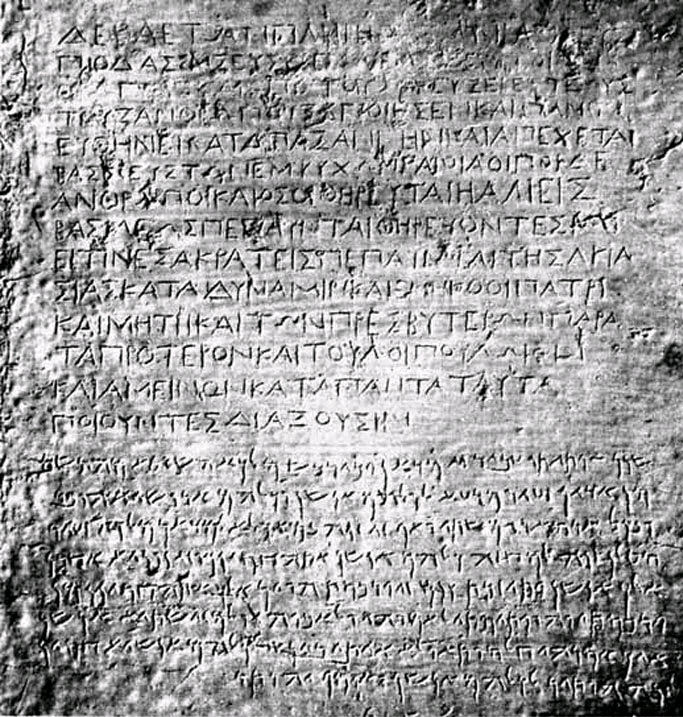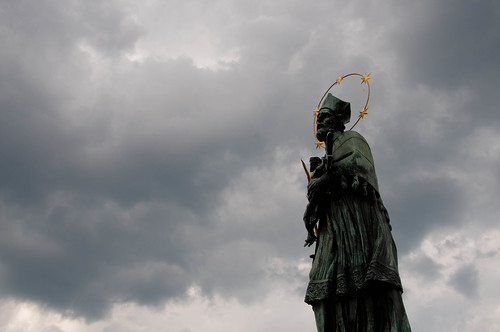I came across a reference to Muhi al-Din Lari in Ziauddin Sardar's magisterial Mecca: The Sacred City . Lari was supposed to be a hugely influential miniaturist, famous for his 16th century pilgrimage guide to the holy cities of Mecca and Medina, the Kitab Futuh al-Haramayn. The book, written in mystical and ecstatic Persian prose and illustrated by Lari, was produced in various editions - in Mecca, Turkey, Persia and India. Its depiction of the Sacred Mosque became the de facto standard for imagery of the Kaaba for centuries thereafter.
. Lari was supposed to be a hugely influential miniaturist, famous for his 16th century pilgrimage guide to the holy cities of Mecca and Medina, the Kitab Futuh al-Haramayn. The book, written in mystical and ecstatic Persian prose and illustrated by Lari, was produced in various editions - in Mecca, Turkey, Persia and India. Its depiction of the Sacred Mosque became the de facto standard for imagery of the Kaaba for centuries thereafter.
Sardar called Lari an Indian painter. He also said that very little is known about the man's life. He is supposed to have died around 1526, but I've also seen 1521 as a possible year of death. A brief bit of rummaging about the internet located a book that said Lari was Persian, though his chief work, the pilgrim's guide (written about 1505 or so), had been dedicated to the sultan of Gujarat. I suppose this is possible - Lari might refer to a person from the Iranian town of Lan, not far from Shiraz. Indeed, another book said he was a student of a famous Persian scholar who did indeed travel to Lar. On the other hand, there is a Lar in Uttar Pradesh too.
In the early 1500s, a famous artist would have had a selection of patrons to choose from - the Lodis in Delhi, the Bengal sultanate, even the Bahmanis in the Deccan, besides the rulers of Gujarat. What would prompt a painter from North India to seek the favour of a Gujarati sultan? It's still possible, of course, that Lari was, indeed, Iranian. His teacher wanted to move to India in search of cultural patronage, and it's possible that he either accompanied his teacher, or that he was inspired by the idea to seek the patronage of a Western Indian king.
I'd be interested to learn how Sardar determined that Lari was Indian. Where was he born? Where did he live? When did he go on his pilgrimage? What are the other works he created? How is it known when he died? Perhaps there are still myriads of Persian manuscripts that haven't been translated which might tell us more about this early polymath.
(At any rate, I have drafted an article with as much information as I could find and put it on Wikipedia's sandbox. If I can find a couple more citations and add a bit more to the piece, I might be happy enough to post it as an article.)
In the early 1500s, a famous artist would have had a selection of patrons to choose from - the Lodis in Delhi, the Bengal sultanate, even the Bahmanis in the Deccan, besides the rulers of Gujarat. What would prompt a painter from North India to seek the favour of a Gujarati sultan? It's still possible, of course, that Lari was, indeed, Iranian. His teacher wanted to move to India in search of cultural patronage, and it's possible that he either accompanied his teacher, or that he was inspired by the idea to seek the patronage of a Western Indian king.
I'd be interested to learn how Sardar determined that Lari was Indian. Where was he born? Where did he live? When did he go on his pilgrimage? What are the other works he created? How is it known when he died? Perhaps there are still myriads of Persian manuscripts that haven't been translated which might tell us more about this early polymath.
(At any rate, I have drafted an article with as much information as I could find and put it on Wikipedia's sandbox. If I can find a couple more citations and add a bit more to the piece, I might be happy enough to post it as an article.)











